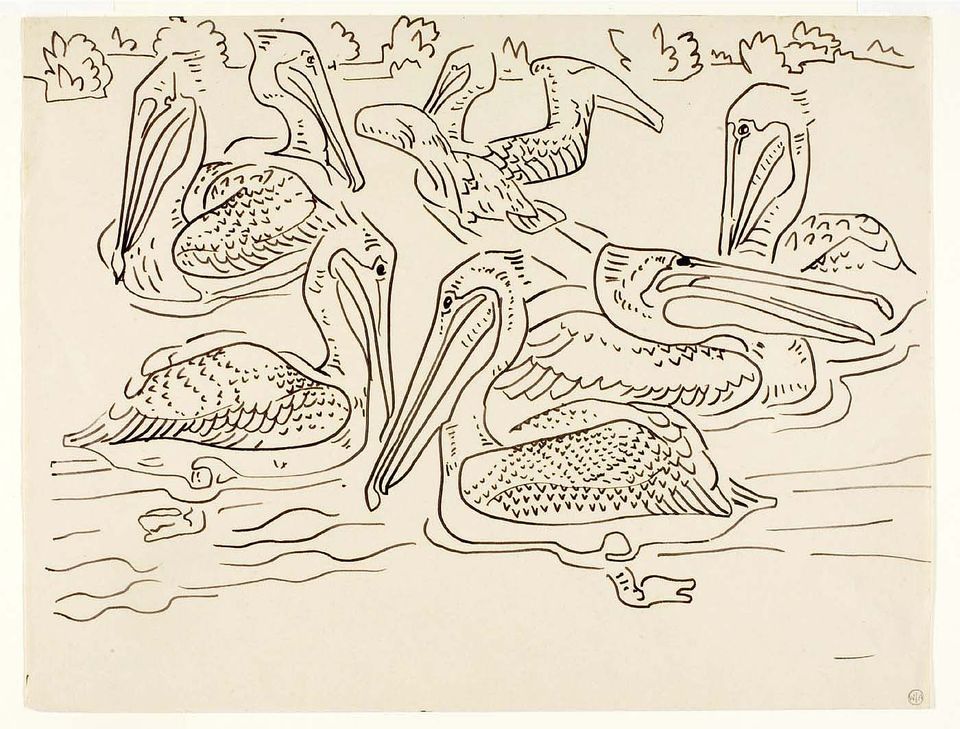
Found an update in my inbox called Saving Outdoor Sculpture, a Gulf Coast conservation project:
The Heritage Emergency National Task Force is acting as a clearinghouse for information about cultural resources in the states affected by Hurricanes Katrina and Rita. Members of the Task Force are sending conservators, architects, and preservation professionals to assess the condition of historic buildings and collections, including public sculpture. According to the Save Outdoor Sculpture! survey, conducted from 1989 to 2002, more than 1,000 publicly accessible sculptures were vulnerable to the ravages of Hurricanes Katrina and Rita. SOS! is responding with help.
Ironically, in early September 2005, Heritage Preservation—in concert with the National Endowment of the Arts and Federal Emergency Management Agency—published a guide for disaster mitigation and recovery.
Knight Ridder ran a piece about the ongoing survey of the arts in the area:
The litany of loss includes Beauvoir, the 1854 home of Jefferson Davis, where the front porches were sheared off; the Dantzler house, set to open as a Mardi Gras museum; much of the lifework of Southern artist Walter Anderson, drowned in a vault at the family's beachfront compound. The Louisiana Philharmonic Orchestra lost its landmark home, Orpheum Theatre; Bay St. Louis' Little Theatre was erased from the landscape.
Mercifully, other icons were relatively spared: In Biloxi, the $30 million, Frank O. Gehry-designed Ohr-O'Keefe Museum of Art, due to open next year, stood strong despite a drilling from a casino barge. The Dusti Bunge Foundation, which houses Southern abstract expressionists' work, was unscathed. The Walter Anderson Museum of Art in Ocean Springs, which holds a large collection of the artist's work, is undamaged. In New Orleans, cultural institutions built on higher ground fared fine: Preservation Hall; the New Orleans Museum of Art; the Ogden Museum of Southern Art; the D-Day museum.
But also lost is an infrastructure to support art communities. Important things are running thin, including resources, tourism and appetite for art amid all the misery.
I imagine it will take recovery in diverse public sectors before conservation reaches the level that Cassie mentioned in comments here: the vernacular arts and architecture that make New Orleans and the South such distinctive sites. Finally, artdaily notes the efforts of the Winterthur Museum and the University of Delaware Art Conservation Department in conservation projects in Biloxi. It still sounds as if there's an incredible amount of work to be done.
Save Outdoor Sculpture! is a joint project of the Smithsonian American Art Museum and the Heritage Preservation.


















